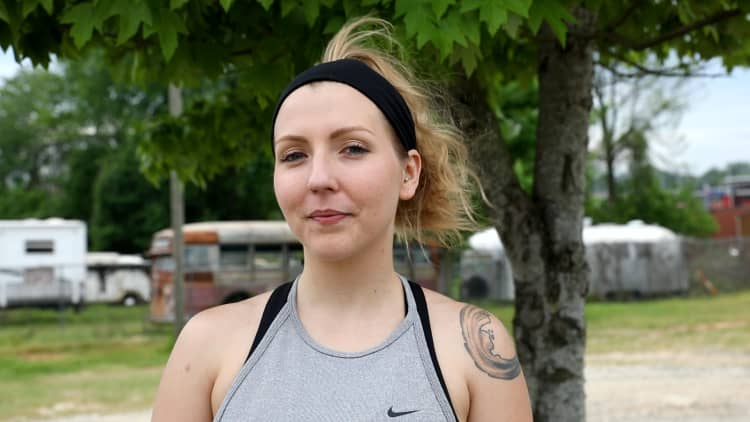CNBC Make It is posting a new financial task to tackle each day for a month. These are all meant to be simple, time-sensitive activities to take your mind off of the news for a moment and, hopefully, put you on sturdier financial footing. This is day seven of 30.
With infinite ways to spend your time, "mindfulness" has emerged in the past few years as a way to reclaim your own attention and live a more intentional life. Mindfulness apps promise to do everything from calm your anxiety to help you sleep better, and experts claim if you can just be more mindful in your everyday life, you can better accomplish your goals.
Mindfulness isn't just a thought exercise. You can also apply it to your money: Being mindful of where and how much you spend can help you feel more fully in control.
Now that you are tracking your spending, reflect on your recent purchases and see if your actual spending aligns with your goals. Start by making a list of your best and worst purchases from the past year. If occasionally treating yourself to inexpensive flowers from the grocery store always brightens your day, write those on your "best" list. But if you didn't get as much use out of a new makeup palette or piece of kitchen equipment as you hoped, include that on your "worst" list.
If you can, try to do this the old fashioned way: Using a pen and paper. Writing things down by hand has many benefits, including that it encourages you to be more present and aware.
Once you've written down your best and worst purchases, take a few minutes to reflect on them. Ask yourself how you came across each item and what your emotional state was when you bought it, if you can remember.
This will help you pinpoint spending triggers, especially ones that led to buyer's remorse. If you're able to manage those, you'll leave yourself with more money for grocery store bouquets.
Don't miss:
- Day 1: Stuck at home? Tackle 1 simple financial task
- Day 2: It's easy to mindlessly spend right now—here's the first step to take to avoid it
- Day 3: Why you should take 20 minutes to make a list of financial habits you'd like to form
- Day 4: Take 10 minutes to finally check the financial task you've been avoiding off of your to-do list
- Day 5: Make a plan now for how you will spend your coronavirus stimulus check
- Day 6: Take 5 minutes to sign up for a personal finance newsletter
Check out: The best credit cards of 2020 could earn you over $1,000 in 5 years



